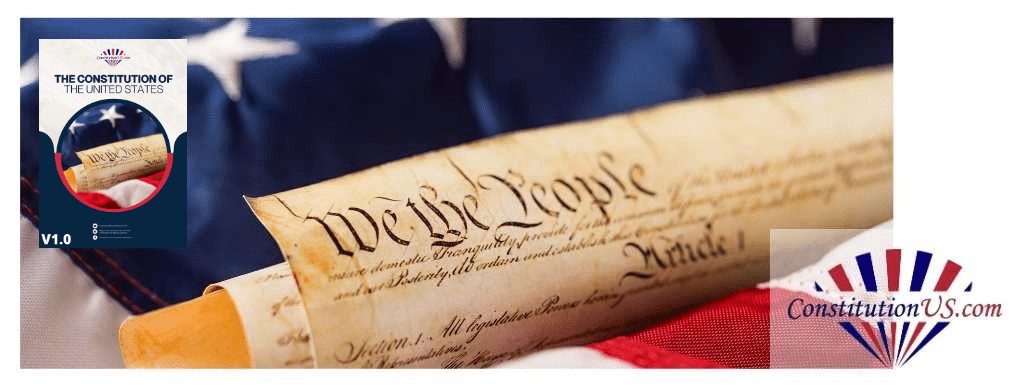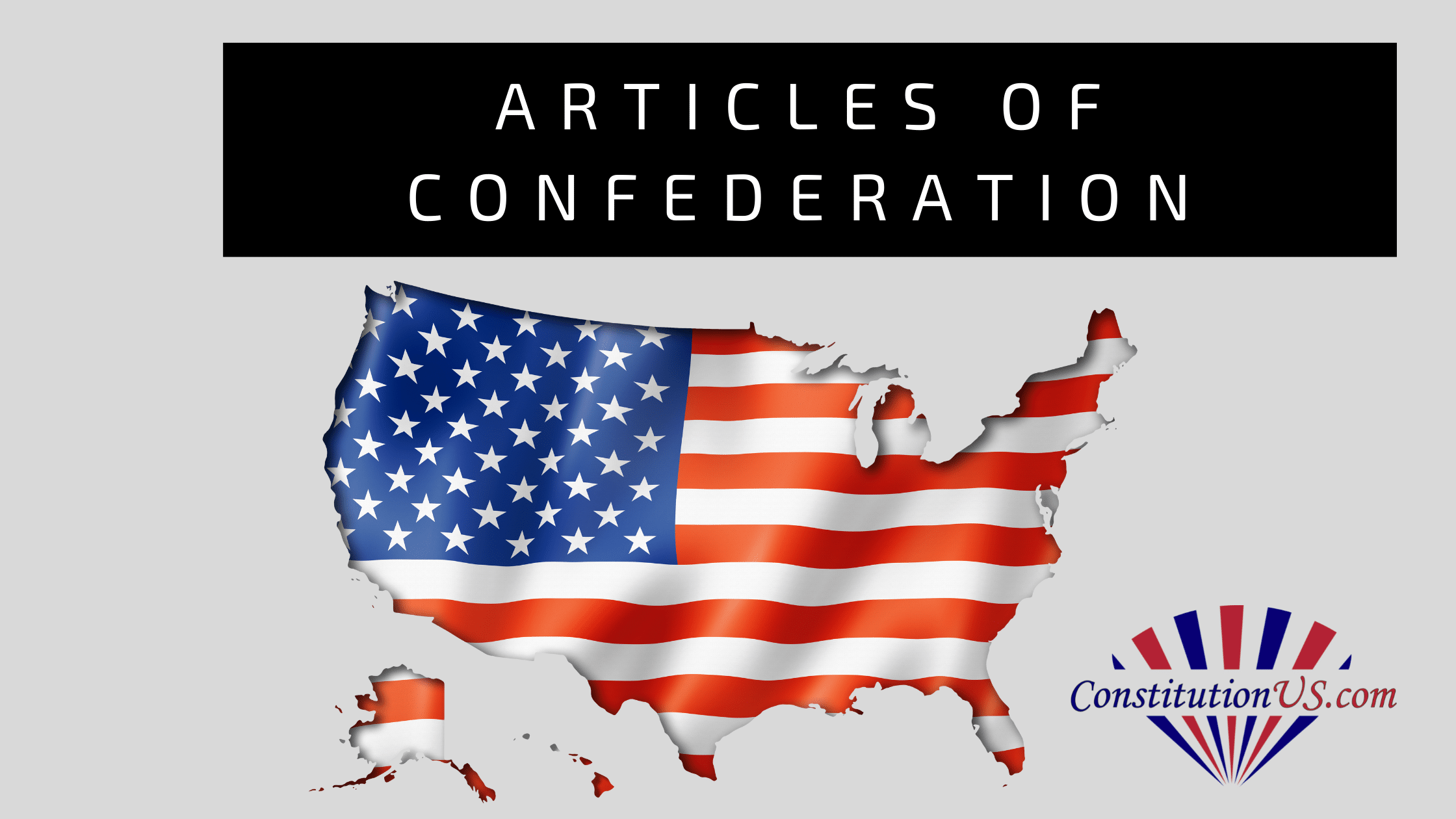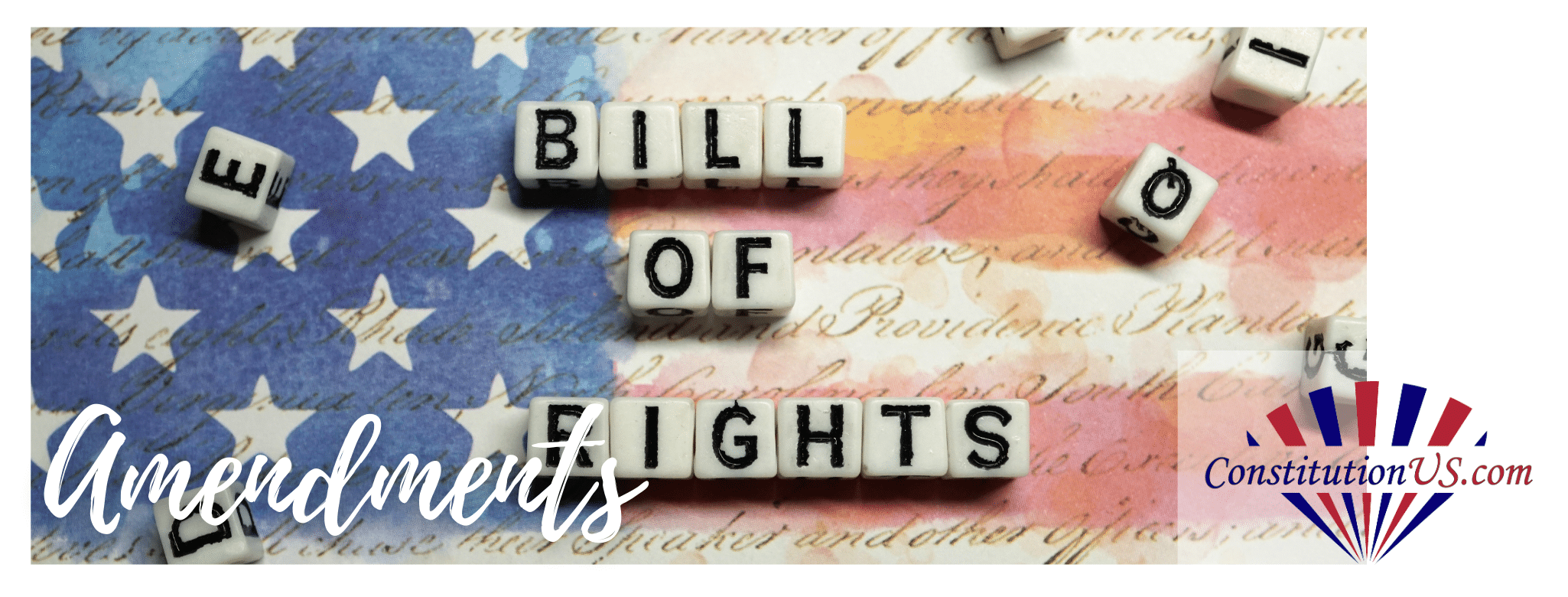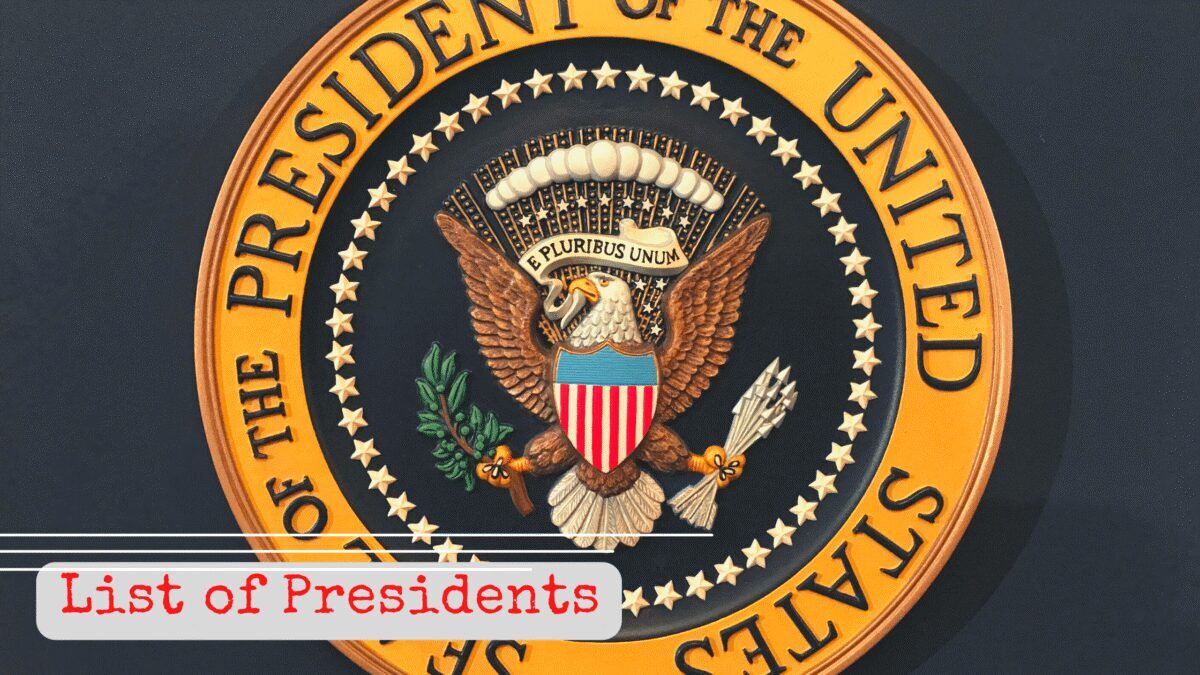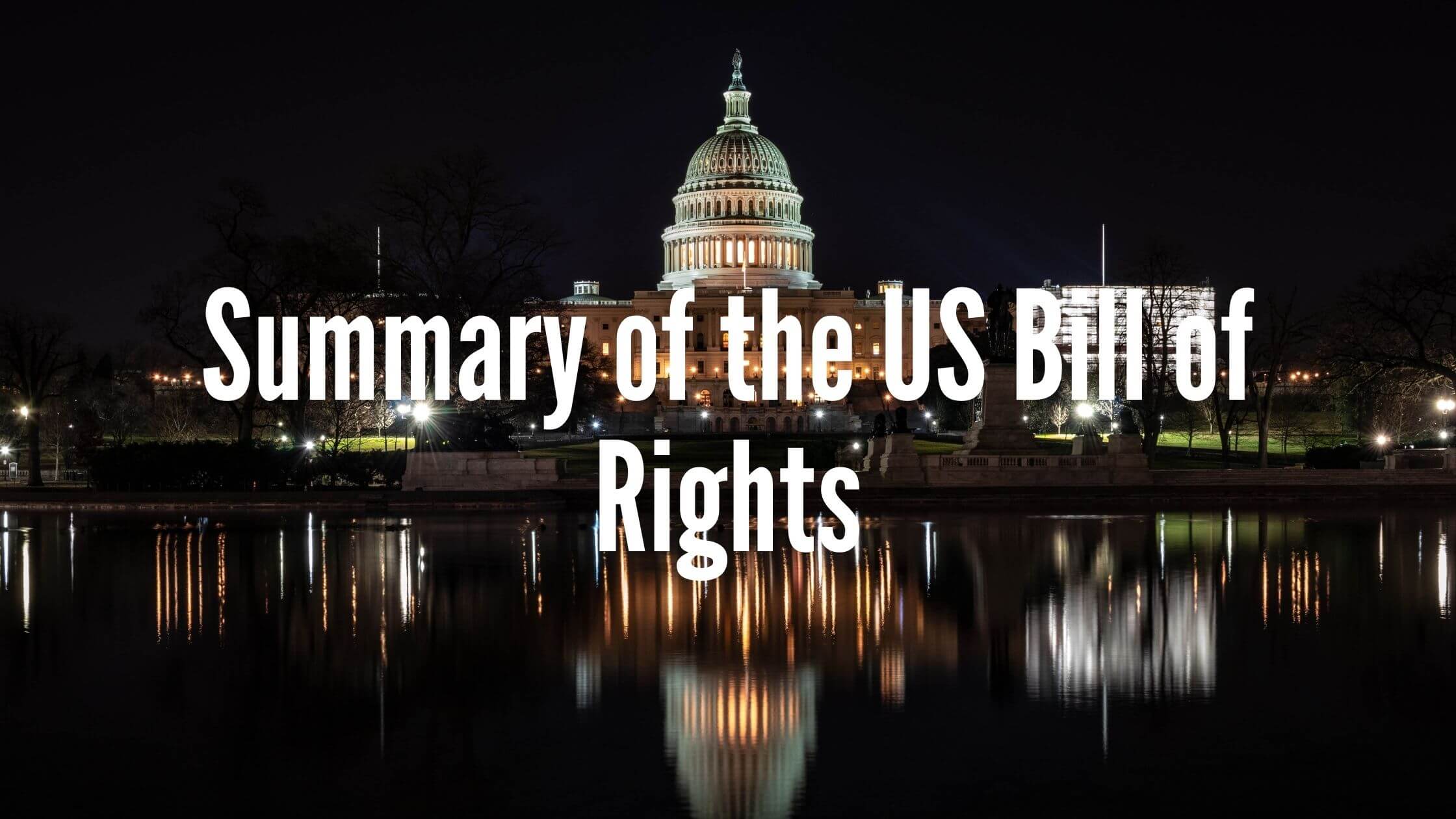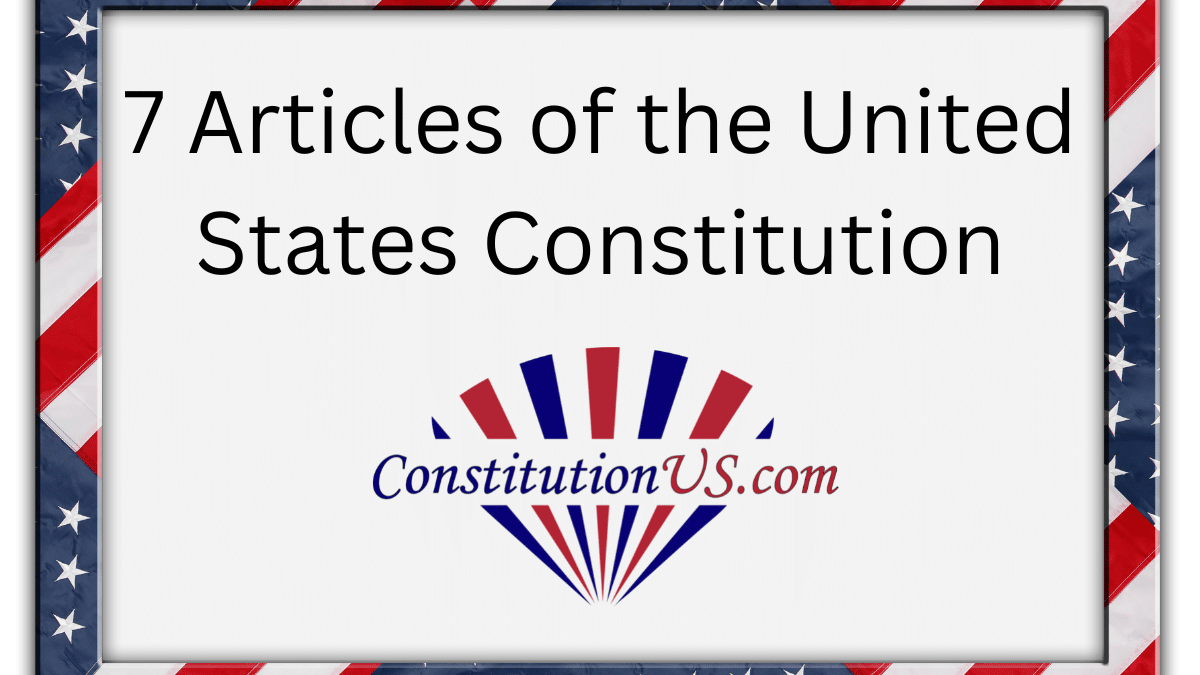Table of Contents
Toggle1. Diplomatic Stance
- Immediate Condemnation of Hamas
- When Hamas launched attacks on Israel (October 2023), the U.S. condemned Hamas.
- Top U.S. officials called it terrorism and stated Israel’s right to defend itself.
- Support for Israel’s Actions
- The U.S. gives Israel political backing in international forums (like the UN).
- U.S. leaders regularly reaffirm the alliance with Israel.
2. Military Assistance
- Weapons and Ammo
- The U.S. has shipped more interceptors (for Iron Dome) and other military supplies to Israel.
- There have been expedited arms deliveries, including small munitions and precision-guided bombs.
- Intelligence Sharing
- U.S. intelligence helps Israel pinpoint Hamas targets.
- Cooperation is close, given decades of partnership.
- Troop Deployments Nearby
- The U.S. deployed aircraft carriers and other naval assets to the Eastern Mediterranean.
- Purpose: to deter Hezbollah, Iran, or others from expanding the conflict.
- Not meant as ground involvement but as a signal of U.S. support and readiness.
3. Humanitarian and Evacuation Efforts
- Humanitarian Corridors
- The U.S. pushes for temporary pauses or corridors to get aid into Gaza and let foreign nationals leave.
- U.S. officials consult with Egypt, Israel, and other parties on letting supplies and people through.
- Evacuations
- The State Department has helped American citizens leave Israel or Gaza if possible.
- They’ve organized charter flights and pressed other countries to open border crossings.
4. Diplomacy in the Region
- De-Escalation Talks
- U.S. diplomats have visited Israel, Jordan, Egypt, and Gulf states to contain the conflict.
- They aim to prevent a larger regional war involving Hezbollah (Lebanon) or Iranian-backed militias.
- Talks About Hostages
- Hamas took Israeli and foreign hostages.
- The U.S. coordinates with Israel, Qatar, Egypt, and others to secure hostage releases.
5. Congressional and Public Debates
- Funding for Israel
- The White House has asked Congress for additional funds to support Israel (and sometimes Ukraine, in combined packages).
- There’s debate among U.S. lawmakers about how much funding to provide and under what conditions.
- Calls for Cease-Fire vs. Security
- Some U.S. politicians and activists want a cease-fire to reduce civilian casualties in Gaza.
- Others emphasize Israel’s security needs and push to continue strikes against Hamas.
- This debate plays out in Congress, media, and street protests.
6. No “Declared War”
- The U.S. is not legally at war with Palestine or Hamas.
- All involvement is under existing military authorities and alliances.
- Most Americans see it as the U.S. assisting an ally under attack, not a formal U.S. war.
7. Summary
- Firm Support for Israel: Diplomatically, militarily, and economically.
- Avoiding Regional Escalation: Deterring others (like Hezbollah or Iran) from joining the fight.
- Humanitarian Push: Balancing support for Israel’s military response with calls for limited humanitarian corridors in Gaza.
- Ongoing Policy Debates: Some want an immediate cease-fire, others back Israel until Hamas is weakened.


